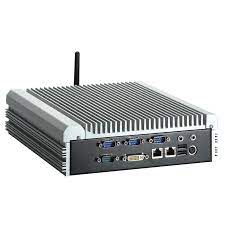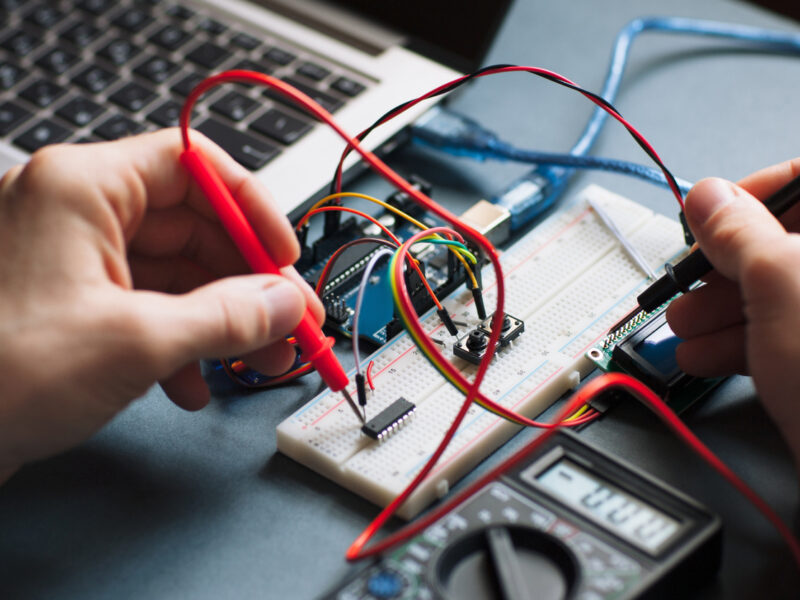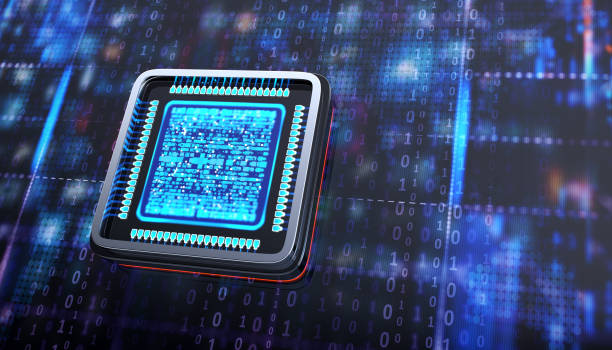In the age of the Internet of Things (IoT), smart devices have become an integral part of our daily lives. Smart televisions, smart speakers, home automation systems have made their way into our homes, workplaces, and even our bodies. And at the heart of these smart devices lies the Embedded PC, which is responsible for processing and analysing the data from various sensors and inputs, and executing the required tasks.
Applications of Embedded PCs in IoT and smart devices:
1. Healthcare Industry:
Embedded PCs are playing a vital role in the healthcare industry, where they are powering various medical devices, machines, and sensors. These devices are capable of tracking the health data of patients and transmitting it to the healthcare providers in real-time, allowing doctors to monitor their patients remotely. Embedded PCs are also being used in telemedicine systems, where a doctor can diagnose and treat patients without having to be physically present.
2. Automotive Industry:
In the automotive industry, Embedded PCs are being used to power the various systems in modern-day cars. From entertainment systems to safety features, these computers are responsible for running several functions in a smart car. Embedded computers are also used in self-driving cars, where they analyse data from sensors and provide real-time feedback to control the vehicle.
3. Industrial Automation:
Embedded PCs are also being used in industrial automation systems to ensure greater efficiency and productivity. These computers can control various machines and sensors, making real-time decisions based on the data collected, and optimizing the workflow. This has resulted in significant cost savings for businesses, as well as improved accuracy and safety in the workplace.
4. Smart Homes:
Smart homes are becoming increasingly popular, and Embedded PCs are at the heart of these systems. These computers can control various smart devices, making real-time decisions based on the data collected, and optimizing energy usage. They can also be programmed to perform specific tasks, such as turning off lights when no one is in the room.
5. Agriculture Industry:
Finally, Embedded PCs are being used in the agriculture industry to improve crop yields and reduce water usage. These computers can monitor various aspects of the farming process, such as soil moisture and temperature, and provide real-time feedback to farmers. This has resulted in significant improvements in crop yields, as well as reduced water wastage.
Embedded PCs are playing a critical role in the development and deployment of IoT and smart devices. They are powering various industries, from healthcare to automotive, and are making our lives more efficient and convenient. As the demand for IoT and smart devices continues to grow, we can expect to see more applications of Embedded computers in the coming years.
Also read: Unraveling the Power of Embedded Computers: A Comprehensive Guide
Tips for Choosing the Right Embedded PC for Your Project
Embedded systems have become an essential part of various industries, from healthcare and automotive to aerospace and telecommunications. Choosing the right embedded PC for your project is crucial for achieving optimal performance and cost-effectiveness. Below are a few tips for choosing the right embedded computer for your project:
1. Identify Your Project Requirements
Before choosing an embedded PC, you must analyse your project’s specifications and requirements. Determine the processing power, storage space, and connectivity options required for your project. Consider the operating environment, temperature, and shock resistance, and the PC’s size and form factor.
2. Understand the Required Technology and Compatibility
The embedded PC you select should fit in with your technology, protocols, software, and network requirements. Ensure it is compatible with the features and interfaces of the devices that your project will interface with – typically IoT (Internet of Things) devices. Also, consider the software requirements to ensure compatibility.
3. Selection of the Right Form Factor
Computer form factors, such as Mini-ITX, 3.5” SBC, and Pico-ITX, influence the embedding experience, making them an integral component of selecting the ideal embedded PC. Some factors include electronic noise, functionality, and price. In addition, the type of expansion, as well as customization, size, and flexibility of the form factor, are crucial to designing a system that meets all project requirements.
4. Consider the Overall Costs
When selecting an embedded PC, project costs, including hardware and software, need to be evaluated to ensure that the device aligns with the project’s budget. Also, you should consider total project costs, including engineering, development, documentation, testing, and software. Consider the projected lifespan of the project and balance the budget with the anticipated lifespan.
5. Consult with Experts
Choosing an embedded PC can be challenging, and sometimes, it requires an expert opinion. Look for reliable system integrators and experts in embedded technology who can guide you through the selection process. They can offer technical support, design support, and consultation services to ensure that your project objectives are achieved.
Conclusion:
Choosing the right embedded PC for your project is essential for success. With the vast range of options available, it’s imperative to understand your project requirements as well as hardware and software compatibility. Consider also the form factor and total project costs and engage experts in embedded technology to guide you through the selection process. This way, you can guarantee that the embedded PC you select will meet your project’s specific needs and ensure optimal performance and cost-effectiveness.




